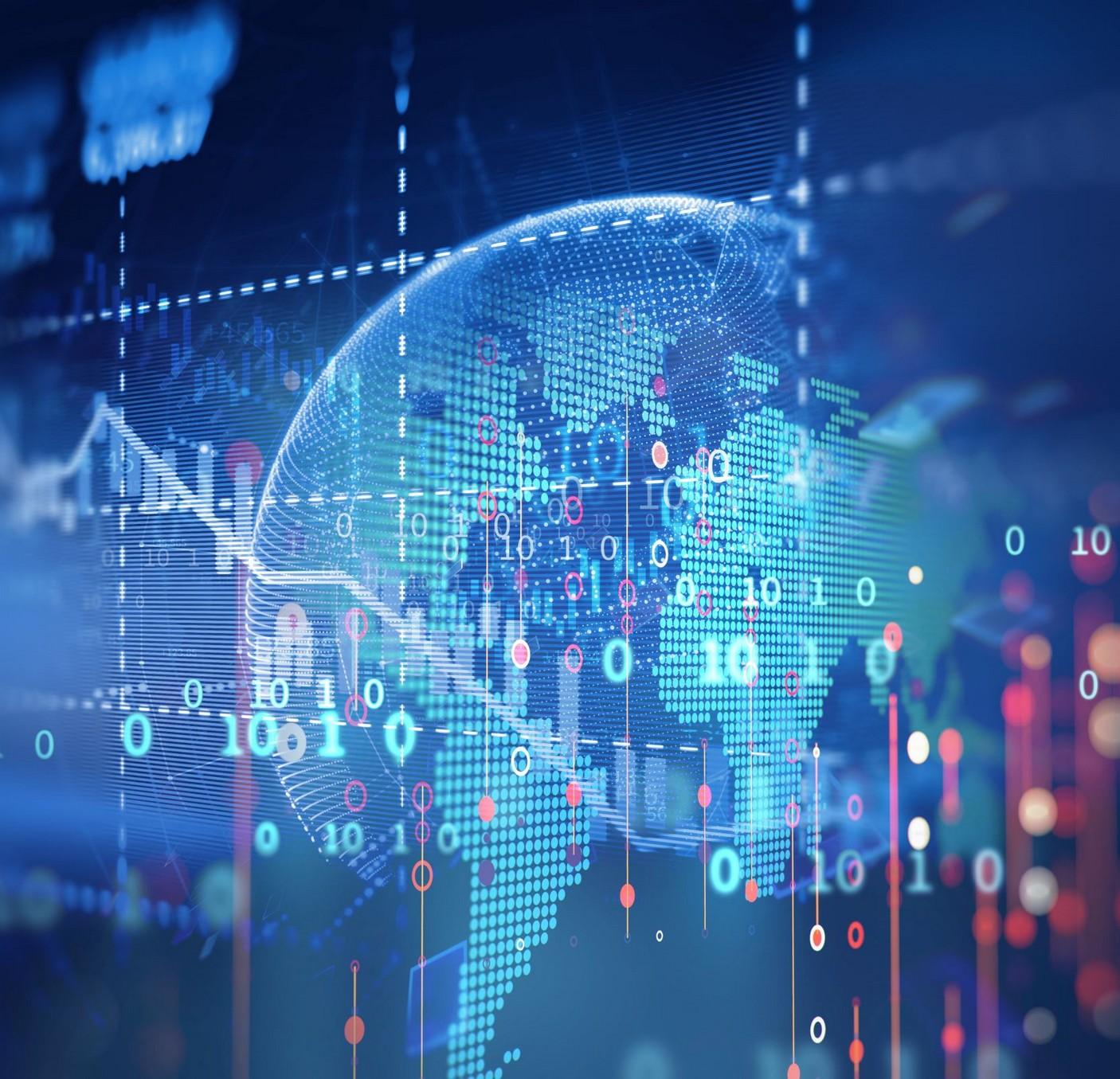
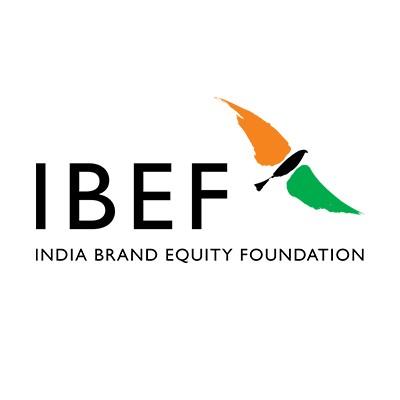
Empowering India's Global Presence: Explore, Invest, Grow with IBEF


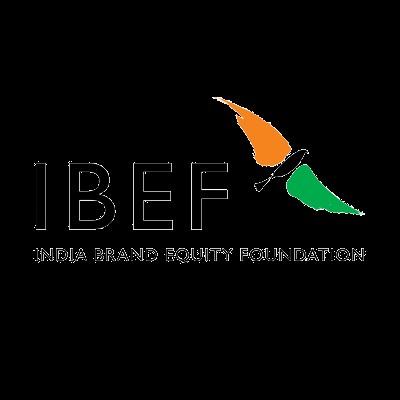




Empowering India's Global Presence: Explore, Invest, Grow with IBEF




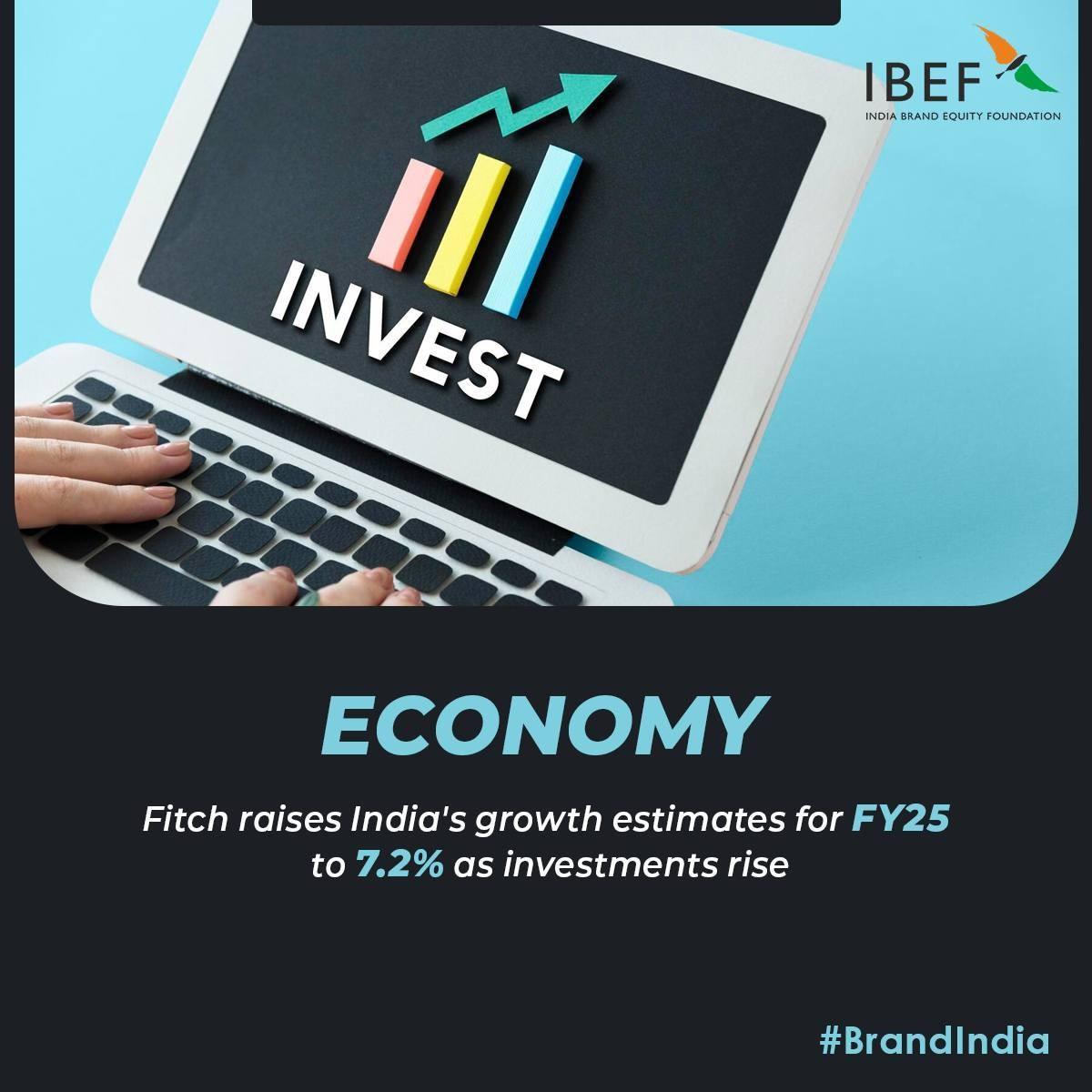
Brief Introduction to the Indian Economy:
• India: Among the world's fastest-growing economies
• Diverse sectors: Agriculture, manufacturing, services
• Key metric: India Gross Domestic Product (GDP) reflects robust economic growth
Importance of Understanding Current Trends and Future Prospects:
• Essential for businesses, policymakers, investors
• Helps navigate and capitalize on opportunities
Overview of Presentation Content:
• Current economic scenario
• GDP and growth rate analysis
• Sectoral performance and growth drivers
• Future economic projections
• Challenges and opportunities
• Government initiatives and policies
• Overview of the Current State of the Economy of India :
o Robust growth driven by domestic demand
o Favorable government policies boosting activities
o Resilience amidst global uncertainties
• Key Economic Indicators:
o GDP growth rate: Strong and positive
o Inflation rate: Managed and controlled
o Employment figures: Increasing steadily
• Recent Economic Performance:
o Services sector: Major contributor
o Manufacturing sector: Showing growth
o Agriculture sector: Stable and vital

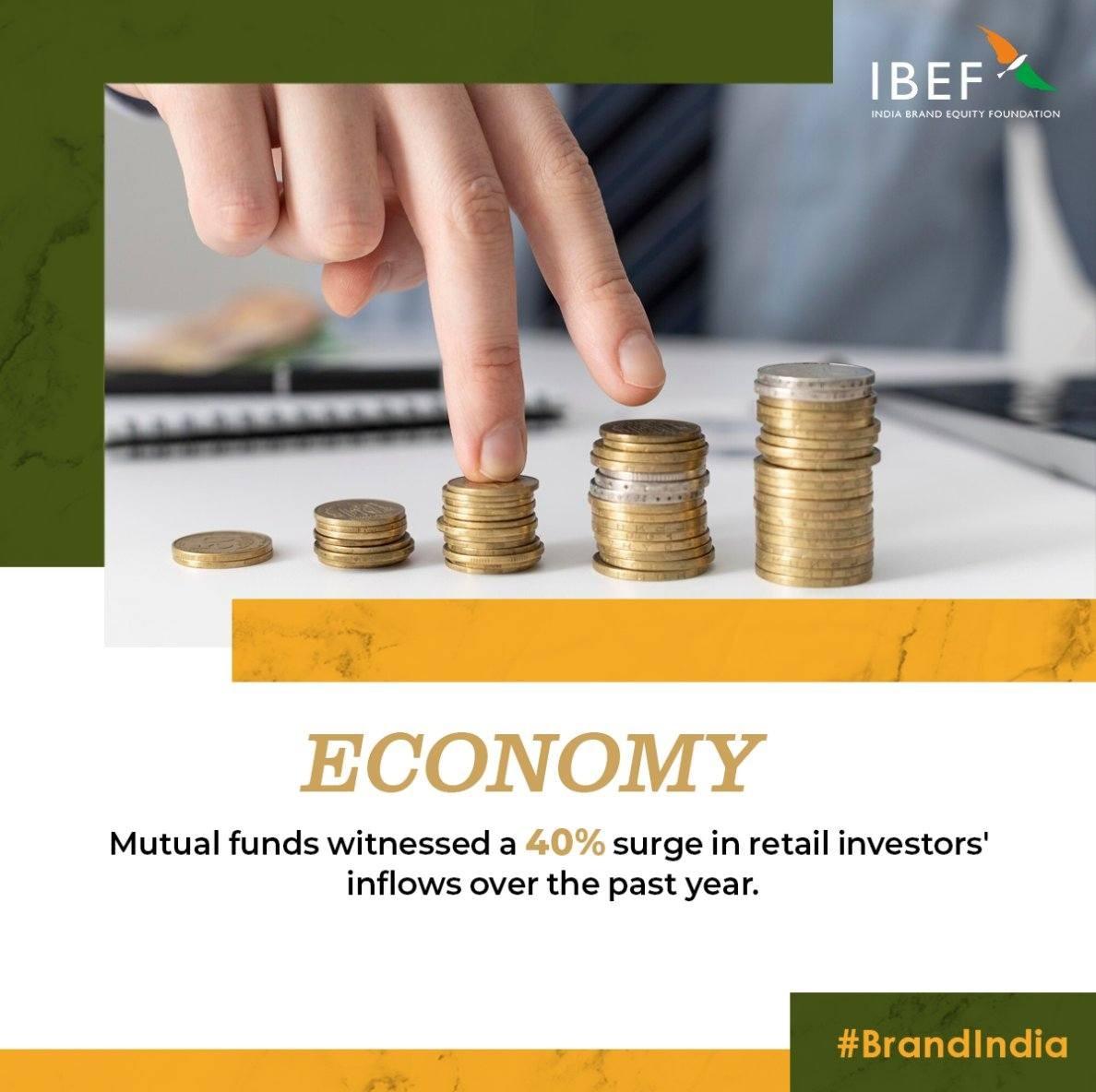
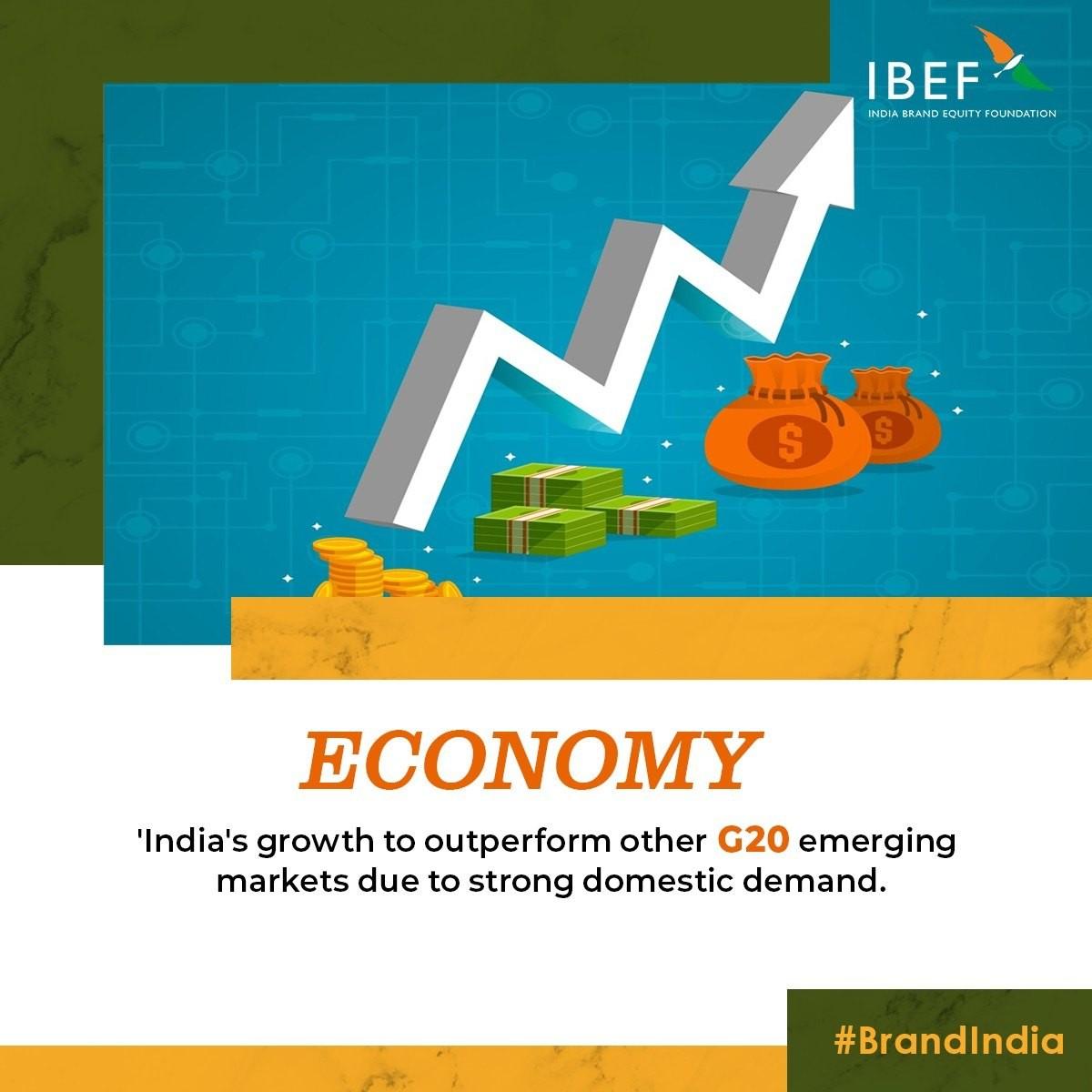
• Agriculture:
• Major contributor to rural employment
• Accounts for around 16% of Indian GDP
• Recent growth driven by improved yields and technology
• Manufacturing:
• Key driver of industrial growth
• Contributes approximately 17% to Indian GDP
• Growth supported by initiatives like "Make in India"
• Services:
• Largest sector in the economy
• Contributes over 50% to Indian GDP
• Significant growth in IT, finance, and healthcare
• Key Drivers:
o Robust domestic consumption
o Increasing foreign direct investment (FDI)
• Government Policies and Initiatives:
o Economic reforms and liberalization
o Supportive schemes like GST, Atmanirbhar Bharat
• Role of Technology and Innovation:
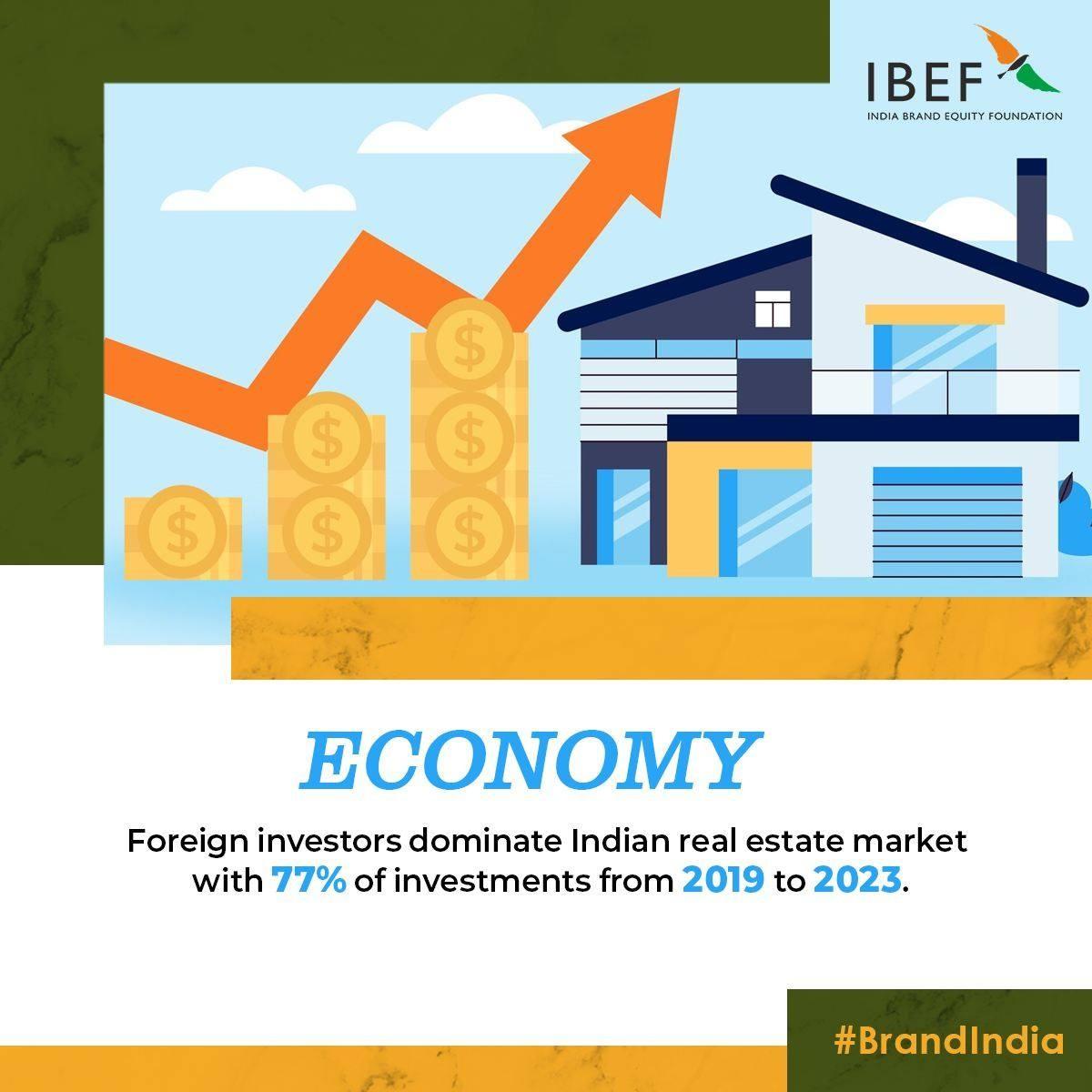
o Digital transformation across sectors
o Rise of startups and tech hubs
• Overview:
o Mixed economy with elements of socialism and capitalism
o Diverse sectors contributing to GDP
o Varied economic development across states
• Distribution of Labor and Capital:
o Labor-intensive sectors like agriculture employ a significant portion of the workforce
o Capital-intensive industries such as manufacturing and services drive economic output
• Role of Public and Private Sectors:
o Public sector plays a crucial role in infrastructure and strategic industries
o Private sector dominates in technology, services, and consumer goods
o Partnership and collaboration between sectors crucial for balanced economic growth

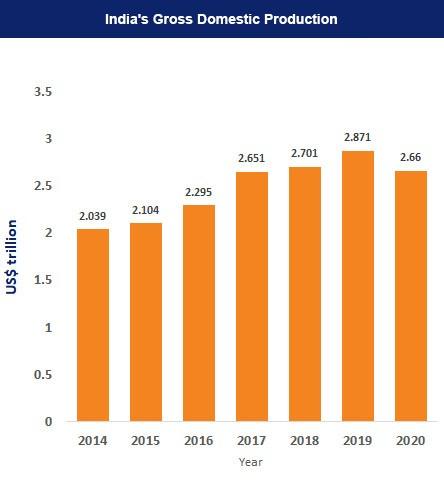
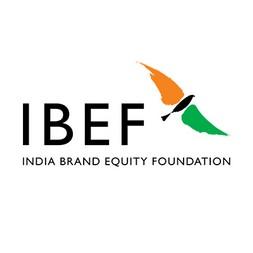
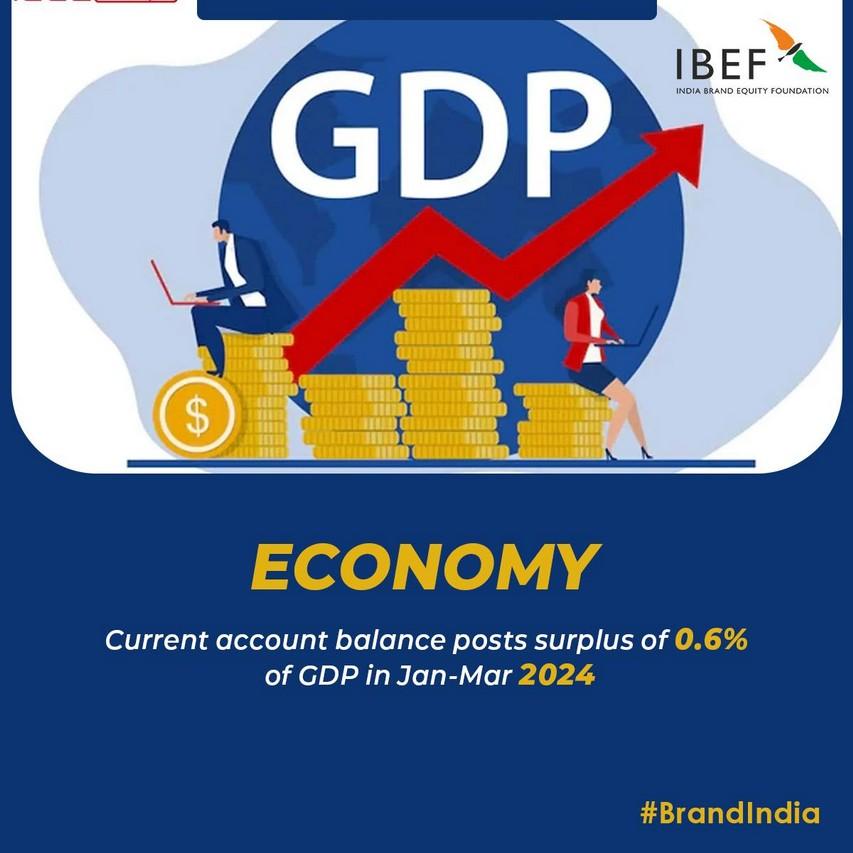
• Major Challenges Facing the Indian Economy:
o Sluggish global economic recovery affecting exportoriented sectors.
o Structural issues in agriculture, including productivity and market access.
o Infrastructure deficits hindering overall growth potential.
• Opportunities for Growth and Development:
o Demographic dividend with a young and growing workforce.
o Rapid urbanization driving demand for housing, infrastructure, and services.
o Emerging sectors like renewable energy, digital economy, and healthcare.
• Government Strategies to Address Challenges:
o Infrastructure development through initiatives like National Infrastructure Pipeline.
o Agricultural reforms to enhance productivity and market efficiency.
o Skill development programs to harness demographic dividend and promote employment.
• Projections for Indian Economy Growth Rate:
o Continued robust growth expected, with GDP growth projected around 7-8% annually.
o Strong consumer demand and infrastructure investments driving economic expansion.
o Focus on digital transformation and innovation to sustain growth momentum.
• Expected Changes in the Economic Structure:
o Shift towards a more service-oriented economy, with services sector contributing significantly.
o Increased integration of technology and automation across industries.
o Greater emphasis on sustainable development and green technologies.
• Long-Term Economic Goals:

o Achieve double-digit GDP growth rate in the coming decade.
o Enhance global competitiveness across sectors like manufacturing and services.
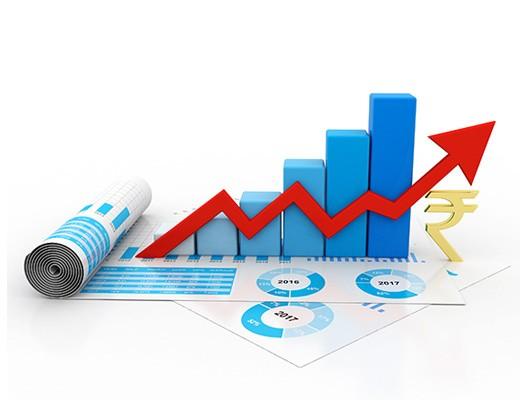
o Ensure inclusive growth, reducing income disparities and enhancing socio-economic development.


• India's Role in the Global Economy:
o Emerging as a key player in global trade and investment flows.
o Significant contributor to global services exports, particularly IT and outsourcing.
o Strengthening diplomatic ties enhancing India's geopolitical influence.
• Trade Relations and Partnerships:
o Strategic partnerships with major economies like USA, EU, and ASEAN.
o Bilateral and multilateral trade agreements expanding market access.
o Participation in global forums promoting free trade and economic cooperation.
• Impact of Global Economic Trends on India:
o Vulnerability to global economic slowdowns impacting export-led sectors.
o Opportunities from global shifts towards digitalization and green technologies.
o Influence of international commodity prices on domestic inflation and India's economic growth prospects.



Make in India: Promoting manufacturing and local production.
Digital India: Enhancing digital infrastructure and connectivity.
Atmanirbhar Bharat: Self-reliance in key sectors through local production and innovation.

Stimulus packages during COVID-19 mitigated economic slowdown effects.
Structural reforms in taxation, labor, and agriculture to spur long-term growth.
Improving ease of doing business and investment climate attracting foreign capital.

Focus on sustainable development goals and green initiatives.
Strengthening social security nets and healthcare infrastructure.
Continued support for entrepreneurship and innovation through policy frameworks.
• Summary of Key Points:
o Indian economy shows resilience with steady growth in GDP.
o Sectoral performance varies with services leading, followed by manufacturing and agriculture.
o Government initiatives like Make in India and Digital India drive economic diversification.
o India Economic structure balanced between public and private sectors.
• Outlook for the Indian Economy:
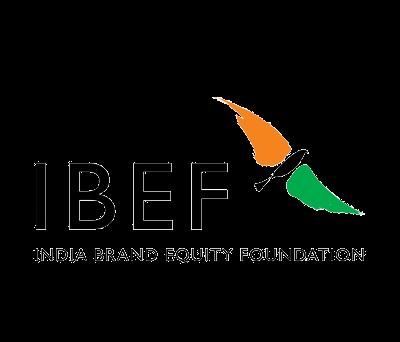
o Expected GDP growth rate remains robust, driven by reforms and investments.
o Continued focus on digitalization and sustainable growth practices.
o Rising consumer demand and urbanization trends contribute to economic expansion.
o Long-term prospects favorable with supportive government policies.
• Call to Action for Stakeholders:
o Businesses: Invest in technology and innovation for competitive advantage.
o Government: Strengthen infrastructure and regulatory frameworks.
o Investors: Explore opportunities across diverse sectors.
o Public: Support initiatives promoting economic inclusivity and sustainability.
